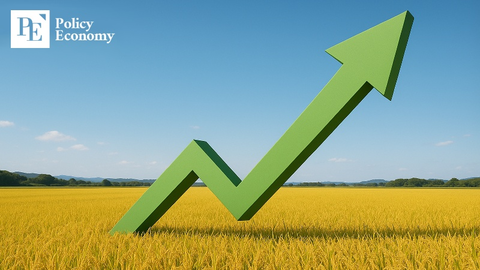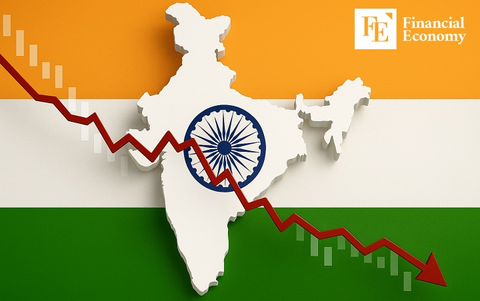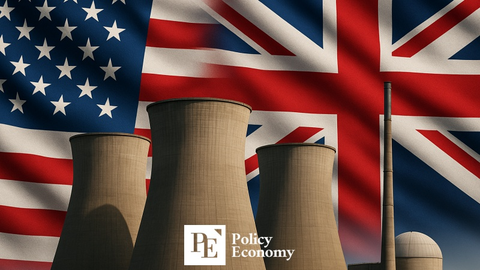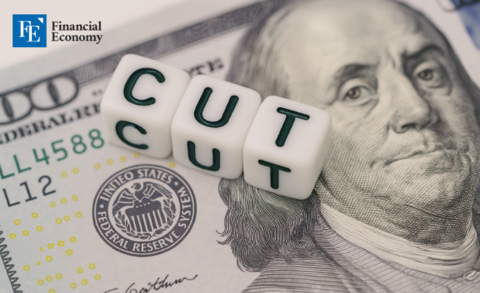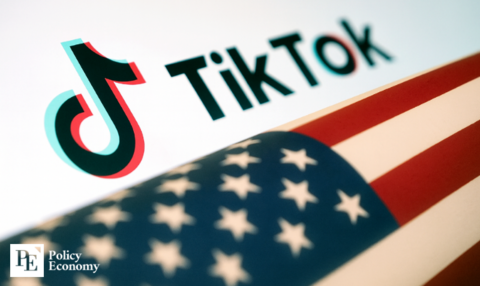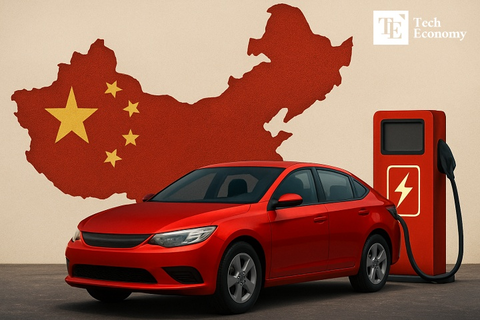AstraZeneca’s $50 Billion U.S. Investment: Capitulating to Trump’s Brand of Tariff Pressure
Input
Modified
Largest Single-Nation Investment in AZ’s History
European Pharma Rushes to Expand U.S. Supply Chains
A Direct Response to Reshoring Demands and Tariff Risk
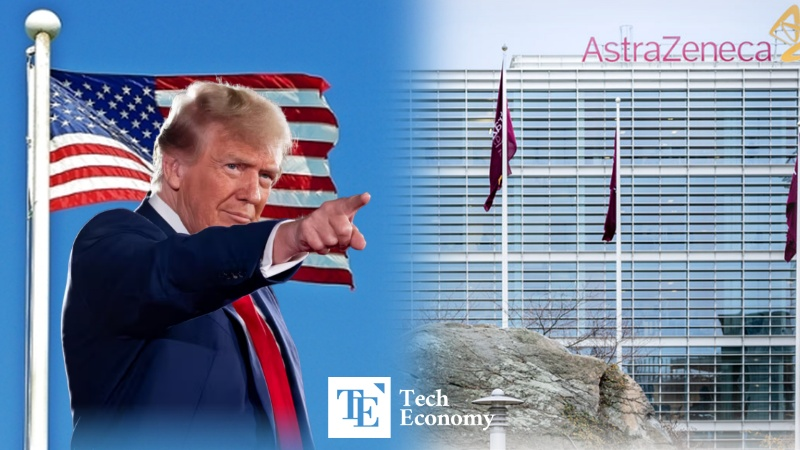
UK-based pharmaceutical giant AstraZeneca(AZ) has announced plans to invest $50 Billion in building a large-scale drug manufacturing complex in the United States, focused on next-generation therapeutics. AZ is not alone—numerous biotech and pharmaceutical companies are ramping up their U.S. operations, signaling a shift toward more aggressive localization strategies. Industry analysts suggest the surge is tied to former President Donald Trump’s recent comments threatening to impose tariffs of up to 200% on imported pharmaceuticals. Even in the absence of formal measures, the pressure to reshore production appears to be materializing in real time.
Realigning Global Manufacturing and Strengthening North American Supply Chains
AstraZeneca announced on July 21 (local time) that it would invest 50 Billion in the United States through 2030 to expand manufacturing and R&D facilities. The company aims to consolidate its position in the U.S. market while responding proactively to rising policy uncertainties. “This investment brings us closer to our target of $80 billion in annual revenue, about half of which we expect to generate in the U.S.,” AZ stated.
At the center of the investment is a new active pharmaceutical ingredient (API) production facility in Virginia. This plant will incorporate advanced technologies such as artificial intelligence, automation, and data analytics, and will produce APIs for metabolic and weight management drugs, including GLP-1 oral treatments, baxdrostat, oral PCSK9 inhibitors, and other complex small molecule therapies. A multi-product platform will enable rapid-response manufacturing—a key capability emphasized by the global pharmaceutical industry in the post-COVID era.
AZ expects the Virginia facility to create as many as 3,000 jobs over the next five years. Virginia already boasts a robust biotech and pharmaceutical infrastructure, with access to high-skilled research talent and favorable logistics, making it an increasingly attractive hub for global production. Leveraging these regional advantages, AZ aims to build a stable manufacturing base while enhancing supply chain resilience across North America.
The state government of Virginia has also pledged its full support for the project. Governor Glenn Youngkin praised AZ’s decision, saying, “We’re grateful to AstraZeneca for choosing Virginia as the foundation for this innovative U.S. investment. This project sets a new standard in pharmaceutical manufacturing technology, creates thousands of highly skilled jobs, and strengthens America’s supply chain resilience.”
European Drugmakers Accelerate U.S. Localization Drive
AstraZeneca isn’t the only European pharmaceutical company ramping up investment in the United States. In April, Swiss pharmaceutical leader Novartis announced a $23 billion investment plan over five years—the largest facility expansion in the company’s history. The strategy centers on scaling up domestic production of core therapies, including cancer and rare disease drugs, at high-tech facilities across the U.S.
Novartis plans to renovate multiple existing production sites and build new state-of-the-art plants in select regions. The company also plans to spend $1.1 billion to establish an R&D hub in San Diego, aiming to enhance connectivity between research and commercial manufacturing and accelerate time-to-market for new drugs. As part of this initiative, Novartis will also strengthen its ties to the U.S. clinical trial network. Industry observers interpret the plan as a long-term effort not just to expand manufacturing, but to embed deeply within the broader U.S. pharmaceutical ecosystem.
Around the same time, Swiss pharmaceutical firm Roche unveiled a $50 billion U.S. investment plan. Other major players—including Eli Lilly, Johnson & Johnson, and Sanofi—have also announced substantial expansions of their U.S. operations. Their shared goal: to increase influence in the world’s largest pharmaceutical market and respond proactively to an evolving regulatory landscape.
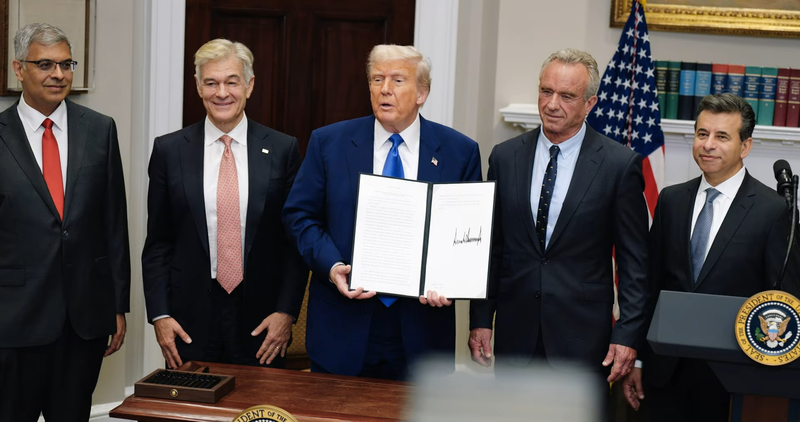
Trump’s 200% Tariff Threat Stokes Industry Anxiety
Yet a closer look reveals a clear policy undertone behind the investment wave: the Trump administration’s aggressive reshoring agenda for the pharmaceutical sector. Even during his presidential campaign, Trump consistently argued that any drug sold in the U.S. must also be manufactured domestically, demanding companies establish U.S.-based production within 18 months. At a cabinet meeting on July 8, Trump went further, warning, “We’ll impose tariffs of up to 200% on imported pharmaceuticals.”
Industry experts interpret the statement as a warning shot aimed not just at imports but at compelling companies to move production back to U.S. soil. After the cabinet meeting, Commerce Secretary Howard Lutnick told reporters that results of an investigation under Section 232 of the Trade Expansion Act—focusing on pharmaceuticals and semiconductors—would be announced by the end of the month. Section 232 allows the government to impose high tariffs and restrict import volumes if a product is deemed a threat to national security.
Historically, Trump’s tariff threats have proven to be powerful drivers of corporate action. Following his election victory late last year, SoftBank pledged a $100 billion U.S. investment, promising to create at least 100,000 jobs. Hyundai Motor Group similarly announced plans to expand U.S. factory operations in direct response to tariff warnings. Market analysts view the pharmaceutical industry’s recent moves in a similar light. While no formal tariffs have yet been imposed, the mere possibility is already shaping corporate investment decisions. Observers increasingly describe the industry’s response as ‘an effective concession under political pressure.

